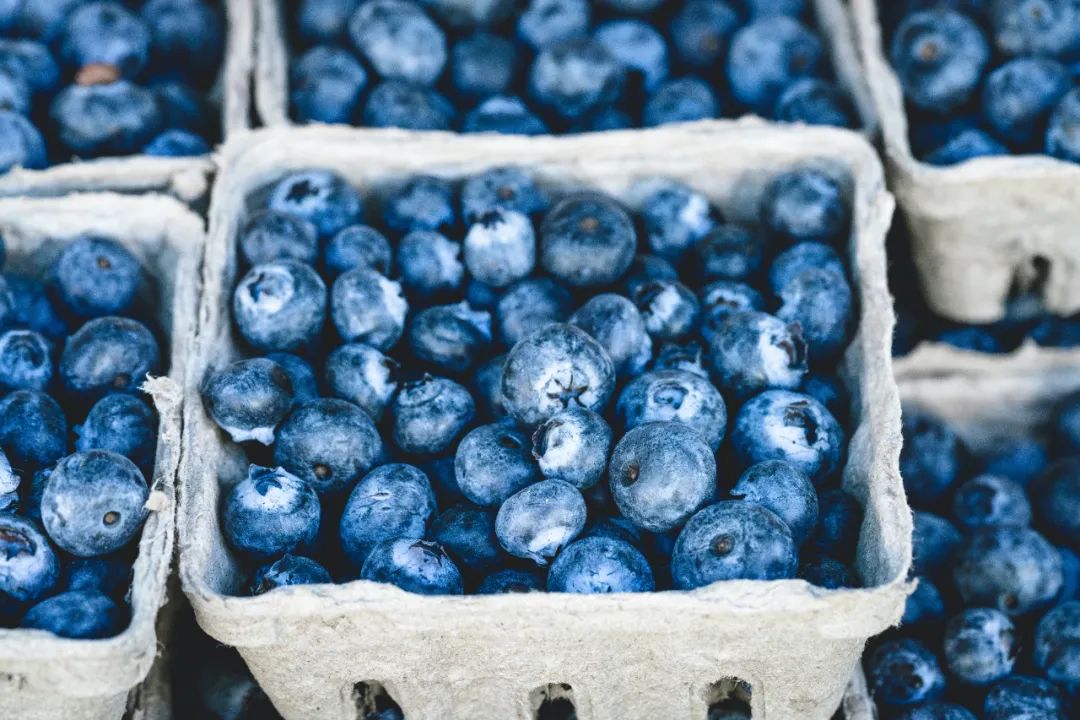关于人类抗衰老以及健康的科普知识。
紫檀芪(Pterostilbene),是一种天然的膳食化合物。因为最早发现于紫檀芪,所以被命名为“紫檀芪”,后也被发现在葡萄、蓝莓等水果中存在。与其他成分同样为二苯乙烯类的化合物相比,如白藜芦醇,紫檀芪拥有更高的生物利用度。在动物研究中,紫檀芪被证明有高达80%的生物利用度。多项临床研究表明紫檀芪在体内体外都有着抗氧化活性,它能帮助抗炎、抗氧化、抗衰老。

A 作用机制
紫檀芪的作用机制被认为是其抗氧化特性。紫檀芪可减少氧化应激 (OS) 和活性氧 (ROS) 的产生,例如过氧化氢 (H2O2) 和超氧阴离子 (O2-),这与多种疾病过程的发生和发病机制有关。紫檀芪能够遏制恶性细胞的发展,且改善正常的细胞功能。
B 心血管保养
心血管疾病的发病原因主要是内皮细胞功能障碍,内皮机械应力的增加及白细胞产生的活性氧都会加速损伤。内皮机械应力的增加极易导致血管损伤和血栓形成。人体本身的抗氧机制会随着自由基的产生而失衡,因此,日常食用抗氧化剂可能会对血管损伤有保护作用。
研究表明,紫檀芪对心血管有益,可以延缓血管内皮细胞的衰老与线粒体氧化应激。
C 护肝
慢性肝病的发病机制很复杂,但疾病发展趋势遵循急性肝细胞损伤到细胞凋亡、坏死、炎症和不可逆纤维化,最终导致癌症。但无论病因如何,氧化应激都是肝损伤发展为持续炎症和纤维化的常见介质。累计证据表明,紫檀芪可以通过改变各种抗氧化、抗炎和抗增殖机制来促进肝细胞功能。
D 新陈代谢
糖尿病也属于一种“代谢综合征”,病因是胰岛素无效调节导致的碳水化合物、脂肪和蛋白质代谢紊乱。据研究报道,紫檀芪的抗氧化和抗高血糖活性可以用于改善高血糖和相关的肝肾损伤,这有利于糖尿病患者免受并发症侵扰。
虽然紫檀芪诱导的抗氧化活性与葡萄糖调节之间的关系还未被发现,但是根据推测,紫檀芪可以通过增加抗氧化活性而改善葡萄糖代谢;紫檀芪产生的抗氧化活性的提高可能会减少高血糖产生的活性氧对器官的损伤。
E 神经保护
神经退行疾病,比如阿尔茨海默病、帕金森等,发病原因与衰老有直接关联。这是老年人体内抗氧化能力下降、氧化应激增加导致的,这些病症与衰老有关,发病后又会加剧衰老。多项研究表明,食用富有抗氧化作用的浆果可以有效地改善这种神经系统的恶化。
Joseph及其同事经过实验证明紫檀芪与神经保护有关。在他们的实验中,服用紫檀芪的老年大鼠在认知和运动任务上表现更好。紫檀芪的抗氧化能力对神经功能有显著影响,这个结果可能令万千病患受益。
紫檀芪的抗氧化活性是抑制发病机制的关键,它对抗氧化活性和多器官系统发病机制的影响是复杂的,但是它的益处是巨大的。紫檀芪不仅能保护神经、减弱动脉粥样硬化、防止溶血和肝脏疾病,还能调节DM和高脂血症。在衰老、血管疾病、糖尿病和溶血的实验中,紫檀芪通过降低氧化应激来防止疾病恶化相关的渐进性的细胞损伤和功能障碍。
参考文献 1. Roupe KA, Remsberg CM, Yáñez JA, Davies NM. Pharmacometrics of stilbenes: seguing towards the clinic. Current clinical pharmacology. 2006;1(1):81–101. [PubMed] [Google Scholar] 2. Lin HS, Yue BD, Ho PC. Determination of pterostilbene in rat plasma by a simple HPLC-UV method and its application in pre-clinical pharmacokinetic study. Biomedical Chromatography. 2009;23(12):1308–1315. [PubMed] [Google Scholar] 3. Rimando AM, Kalt W, Magee JB, Dewey J, Ballington JR. Resveratrol, pterostilbene, and piceatannol in Vaccinium berries. Journal of Agricultural and Food Chemistry. 2004;52(15):4713–4719. [PubMed] [Google Scholar] 4. Rodríguez-Bonilla P, López-Nicolás JM, Méndez-Cazorla L. Development of a reversed phase high performance liquid chromatography method based on the use of cyclodextrins as mobile phase additives to determine pterostilbene in blueberries. Journal of Chromatography B. 2011;879(15-16):1091–1197. [PubMed] [Google Scholar] 5. McCormack D, McFadden D. Pterostilbene and cancer: current review. Journal of Surgical Research. 2012;173(2):53–61. [PubMed] [Google Scholar] 6. Kapetanovic IM, Muzzio M, Huang Z, et al. Pharmacokinetics, oral bioavailability, and metabolic profile of resveratrol and its dimethylether analog, pterostilbene, in rats. Cancer Chemotherapy and Pharmacology. 2011;68(3):593–601. [PMC free article] [PubMed] [Google Scholar] 7. Perecko T, Drabikova K, Rackova L, Ciz M. Molecular targets of the natural antioxidant pterostilbene: effect on protein kinase C, caspase-3 and apoptosis in human neutrophils in vitro. Neuroendocrinology Letters. 2010;31(2):84–90. [PubMed] [Google Scholar] 8. Stivala LA, Savio M, Carafoli F, et al. Specific structural determinants are responsible for the antioxidant activity and the cell cycle effects of resveratrol. The Journal of Biological Chemistry. 2001;276(25):22586–22594. [PubMed] [Google Scholar] 9. Athar M, Back JH, Tang X, et al. Resveratrol: a review of preclinical studies for human cancer prevention. Toxicology and Applied Pharmacology. 2007;224(3):274–283. [PMC free article] [PubMed] [Google Scholar] 10. Bishayee A. Cancer prevention and treatment with resveratrol: from rodent studies to clinical trials. Cancer Prevention Research. 2009;2(5):409–418. [PubMed] [Google Scholar]